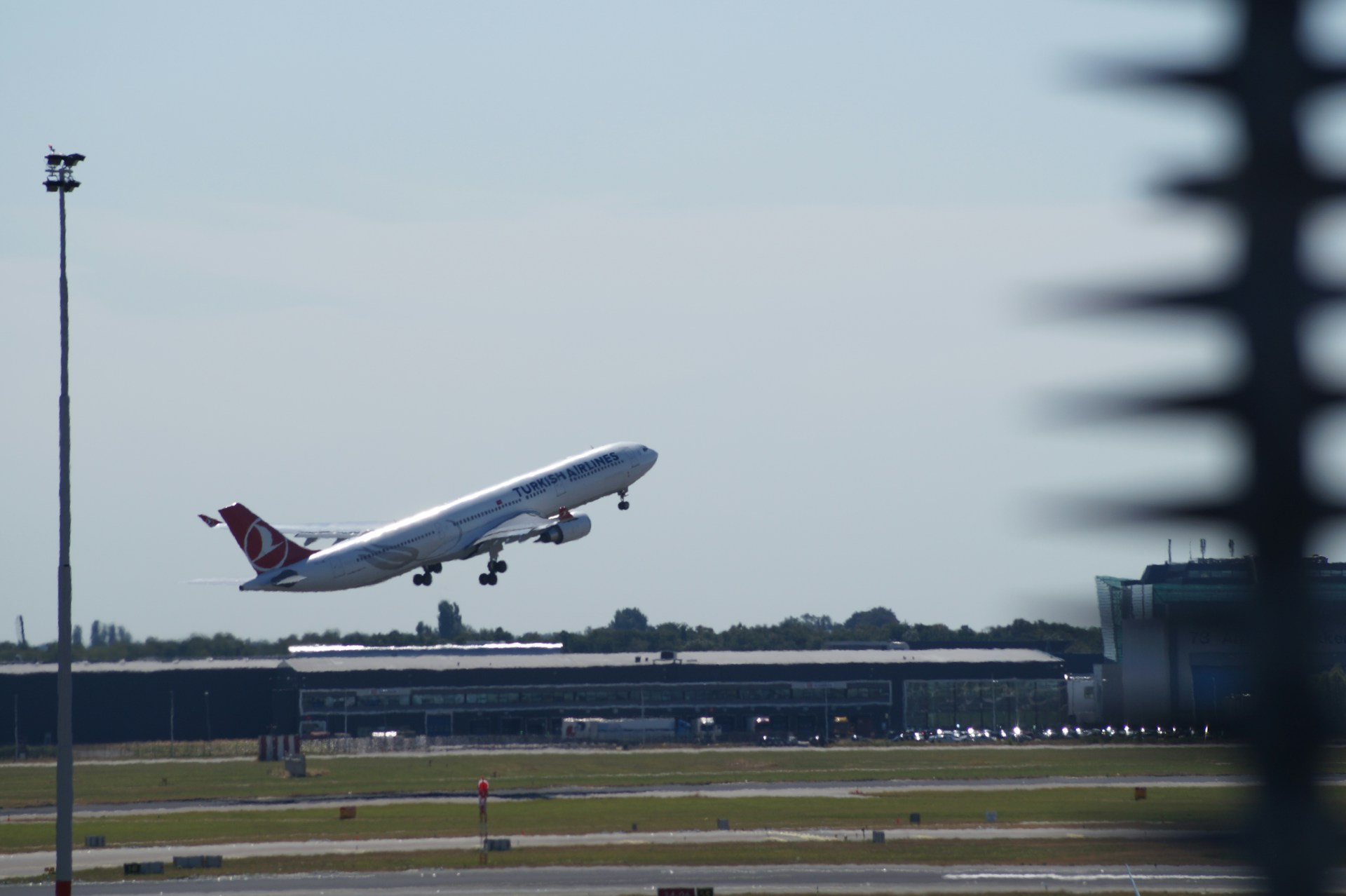Flying is one of the safest ways to travel. Even though plane crashes get a lot of attention, they are extremely rare. In fact, your chances of being in a plane crash are about 1 in 11 million, which means you are much more likely to get into a car accident on your way to the airport than to have trouble in the air.
However, we still just can’t stand the thought of a plane crash. It is a scary thought that can make even the calmest traveller a little uneasy. But what are the real chances of surviving in case of a plane crash, and is it as dangerous as we might think?

When we hear the term “plane crash,” most people often picture something catastrophic. But not every plane crash means the plane is falling from the sky in flames. In many cases, crashes or accidents happen during takeoff or landing.
These are the moments when planes are closest to the ground, and survival rates are much higher in these situations.
Studies show that over 95% of passengers involved in a plane crash actually survive. But the reason this may be hard to believe is because the crashes that do make headlines are often the ones where things go horribly wrong, which makes it seem like there is no hope.
The truth is that most accidents are not as dramatic as what we see in movies or on the news. Planes are designed with safety in mind, and pilots are trained to handle emergencies efficiently.
Modern planes are strong - Planes today are built to handle emergencies. They can absorb impact, and the seats, seatbelts, and overall design all work together to protect passengers.
Safety gear - Ever wondered why flight attendants stress the importance of seatbelts? Seatbelts keep passengers in place during turbulence or an emergency, which can reduce injuries and even save lives. Oxygen masks, life jackets, and other gear also help ensure everyone is safe.
Training - Pilots and flight attendants go through thorough training to handle all kinds of emergencies. Pilots are trained to land planes safely, even when things go wrong, and flight attendants are trained to guide passengers, keep them calm, and help evacuate the plane quickly if needed.
Quick response - Emergency services at airports are always on standby, ready to respond immediately when there is trouble. Rescue teams can reach the site fast, providing help when it is needed the most.

Airlines put a lot of effort into making sure planes are as safe as possible. Planes undergo regular maintenance checks, and safety standards are incredibly high. Pilots also have to go through extensive training, and their skills are tested regularly to ensure they are ready for any emergency.
Technology helps too. It is used to track weather conditions, monitor the plane’s performance, and communicate with air traffic control. These measures are all in place to make sure that planes always fly as safely as possible.
While it is natural to be nervous about flying, the chance of surviving a plane crash is much higher than most people think. Planes are incredibly safe, and when accidents do happen, they are rarely as catastrophic as we imagine.
With modern technology, thorough training, and well-thought-out safety measures, flying remains one of the safest ways to travel.


If you want the latest information on the best Hotel Executive Club Lounges, Hotel Kids Clubs and other travel information, be sure to sign up for our free newsletter full of tips and great travel ideas.